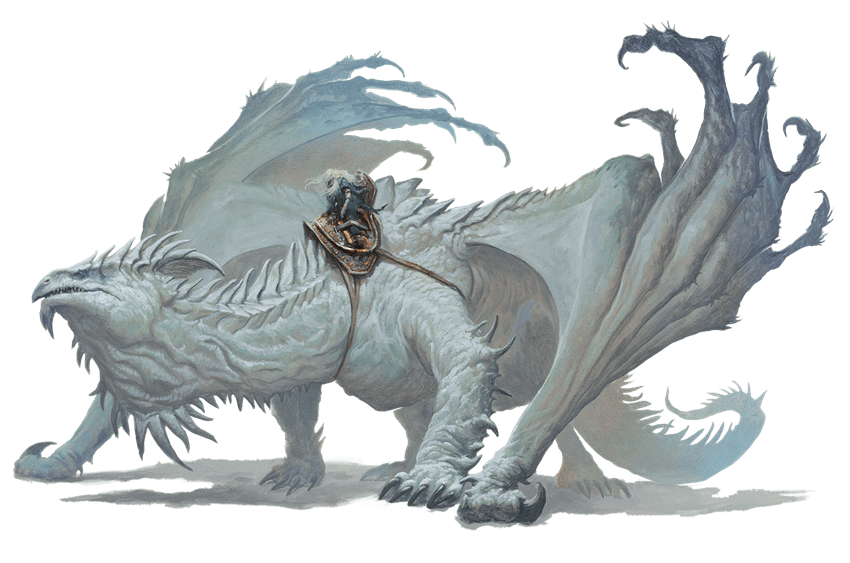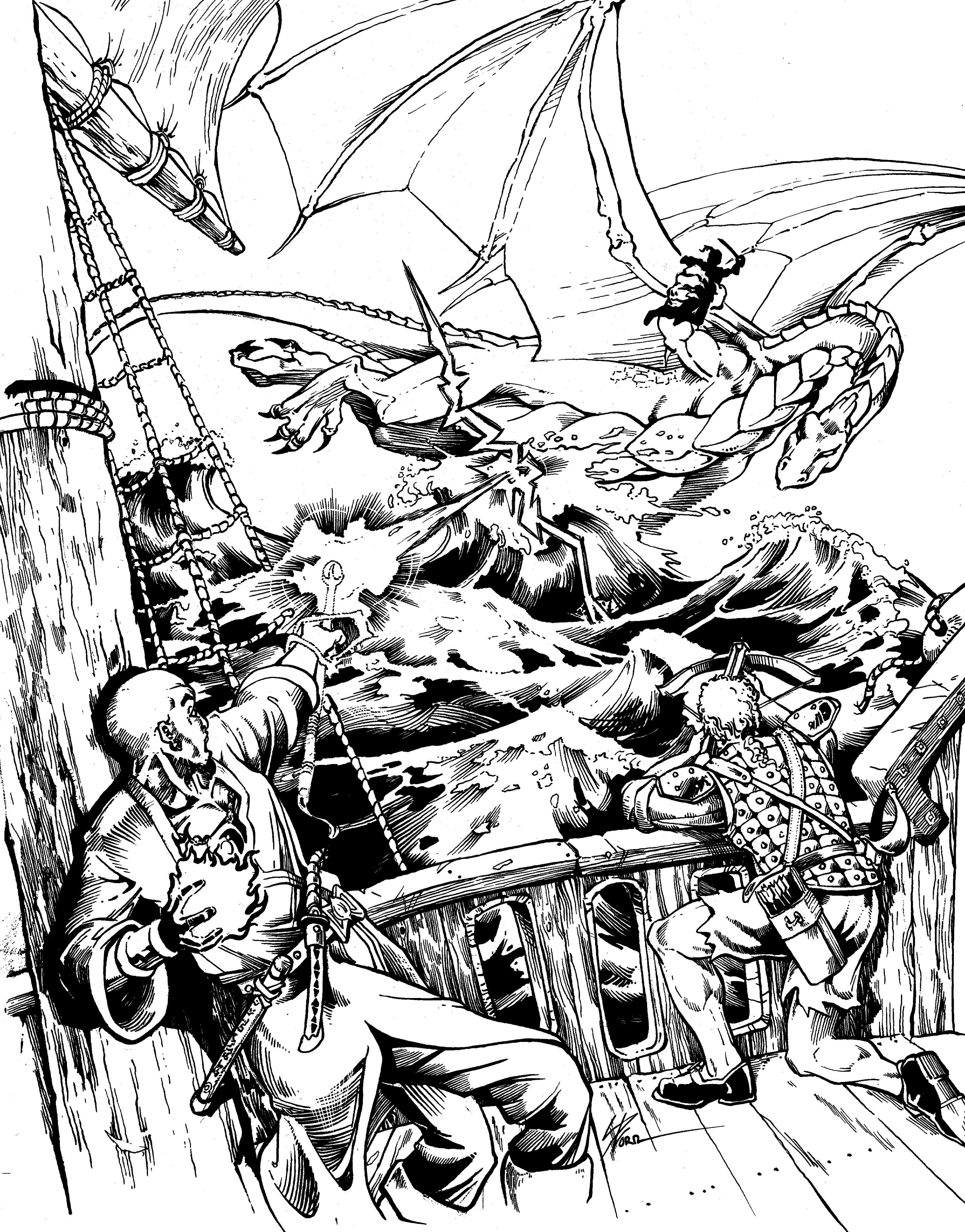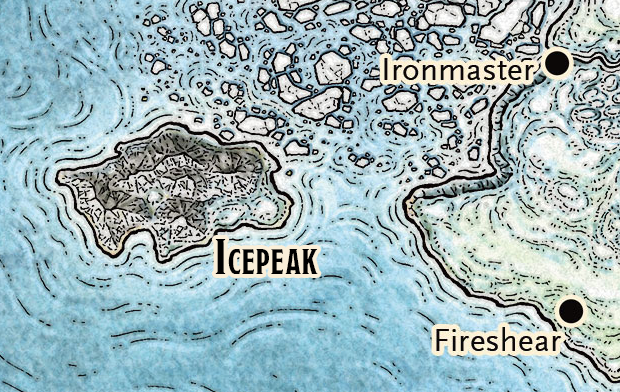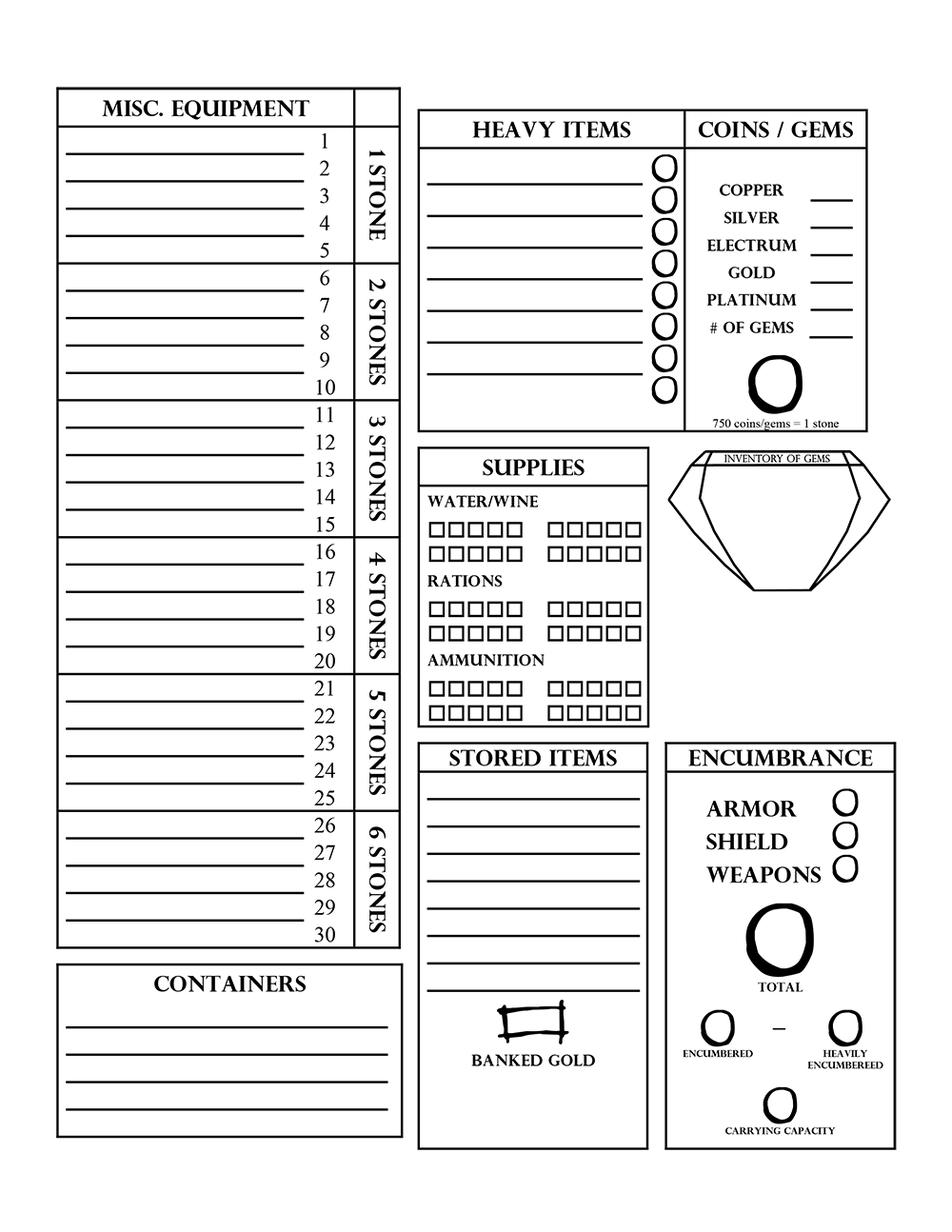
Fantasy worlds are places of mysterious wonder and rare treasures. They are filled with exotic creatures, awesome vistas, and mind-numbing terrors. They offer unspeakable beauty which can never be seen, songs that will never be heard, and wonders that will never be known. Their pervasive magic changes the very substance of mortal reality.
This article attempts to provide the foundations of such a world: The raw materials from which wonders can be built and treasures can be forged.
But these are not the common materials of history or the modern world. Items of marvelous grandeur may be forged from gold and silver, but such items lack that spark of the fundamentally fantastic which even a simple blade of mithril possesses.
This, then, is a catalog of things which have never been and will never be. Here there are gems which will never sparkle; trees which will never be felled; stones from quarries which will never be mined; metals which will never be forged.
They are the building blocks of a world which can live only in our imaginations.
FANTASY WOODS
Blackoak: This variety of oak grows in thick groves. At night its ashy gray bark and dark green leaves blot out starlight and moonlight alike, creating copses of stygian blackness. It is often logged for its strong, dark gray wood which, when treated with the proper stains, becomes a deep, lustrous black.
Bronzewood: Bronzewood is a dark, naturally golden wood. It can be finished to either gleam like pale gold or glow like burnished bronze.
Cinderheart: Cinderheart trees are often mistaken for beech trees, although their bark is much darker (usually a chocolate brown or a sepulchral charcoal in color). The wood of a cinderheart tree is the color of pale ash and is totally resistant to fire.
Darkwood: The sight of the rare darkwood tree is justly renowned for its breathtaking beauty. Its trunk, a vibrant reddish-brown, contrasts vividly with its thick, dark leaves. But the eye is drawn instantly to the large, translucent globes which hang from its boughs and glow softly as a constant reminder of the tree’s innately magical nature. Its wood, when cut, is naturally a deep, rich red that, in its finished form, can be treated to either a bright crimson or a dull, reddish-gray.
Although as hard as normal wood, darkwood is very light. Any wooden or mostly wooden item (such as a bow, an arrow, or a spear) made from darkwood is considered a masterwork item and weighs only half as much as a normal wooden item of that type. Items not normally made of wood or only partially of wood (such as a battleaxe or a mace) either cannot be made from darkwood or do not gain any special benefit from being made of darkwood. The armor check penalty of a darkwood shield is lessened by 2 compared to an ordinary shield of its type.
Dreadwood: The dreadwood tree is a stunted, twisted thing. Its barkless trunk is a lusterless black run through with red veins which seem to pulse with thick, turgid blood. About such a tree there is an aura of the unnatural profoundly disturbing to the mortal mind. Any who would approach a dreadwood tree must succeed at a Wisdom save (DC 15) or turn aside with loathing and fear. This DC is increased by +1 for every additional dreadwood tree in the area, up to a maximum DC of 30.
If the wood of the dreadwood can be harvested and treated with the proper alchemical substances, its red veins can be made to pulse even in death. Those near an object crafted from treated dreadwood suffer a –2 penalty to Will saves. Those handling an object of dreadwood, or entering a room built of it, suffer a –4 penalty to Will saves and must succeed at a Will save (DC 15) or become shaken for as long as they are near the dreadwood and for 1d6 rounds thereafter.
A dreadwood tree does not require sunlight in order to grow and many are found deep beneath the surface of the earth. In fact, the dreadwood’s manner of sustenance remains a mystery much studied by arcanists and druids alike.
Godwood: Godwood is a pale wood, almost pearlescent white in color. In the presence of divine magic godwood gives off a faint glow. As a result, despite its rarity and expense, godwood is often used for holy symbols. And although few churches can afford to panel entire walls with godwood, many will use finely-carved inlays of the wood to form exquisite mosaics or murals.
A piece of godwood will glow if any divine spell is cast or divine magic item brought within 10 feet x the spell level. If the godwood is removed from the vicinity of the divine effect, or if the divine effect comes to an end, the godwood will continue to glow for a number of rounds equal to 1d6 + the spell level of the divine effect. For example, if an instantaneous 5th-level spell were to be cast anywhere within 50 feet of a piece of godwood, the godwood would glow for 1d6+5 rounds.
Goldleaf: The wood of the goldleaf is a pale ivory laced with veins that glitter like gold dust. Despite its natural beauty, goldleaf is seldom cut for its wood, for it is a rare tree and difficult to seed or cultivate. Instead, goldleaf trees are prized for their leaves, which – although not truly metallic – have the appearance of pure gold. These leaves can be harvested, usually maintaining their appearance for at least one or two years before slowly fading to a dull, dead brown.
Ironwood: Ironwood in its natural state is a dull, metallic gray, but it can be stained to resemble a richly-hued dark mahogany. It is most notable, however, because it possesses all the strength of its namesake. (When attempting to break any object crafted from ironwood, treat the object as if it were made from iron. Similarly, any armor or shield of ironwood should be treated as identical to its metallic equivalent. Ironwood does not hold an edge, however, and cannot be used to craft weapons which would not normally be made of wood. Ironwood burns like normal wood. It does not rust.)
Ironwood is prolific in its growth and is often found in vast swaths of deep forest. Ironwood trees have silvery-grey bark and dark green leaves. During the fall, their leaves turn a deep, rich purple. Although difficult to log, usually requiring axes of adamantine and great skill, there are many settlements which have become rich supplying ironwood to the outside world. Because ironwood is such a difficult material to work with, it is almost never used for detailed carving (although wizards have, upon occasion, used fabricate spells and similar effects to craft ironwood carvings which have endured for centuries). Bowyers, however, often use ironwood for the construction of composite bows. It is also often used architecturally – particularly for doors – and its durability means that, even in ancient ruins, ironwood fixtures may still be found intact.
Wave Cypress: Wave cypress is a pale blue wood which grows beneath the surface of the ocean, usually in coastal or near-coastal waters. Wave cypress never rots, making it particularly useful in seaside ports and for smaller boats (it lacks the strength necessary for larger vessels). Although difficult for surface dwellers to harvest in great quantities, wave cypress is often used by mermen and other underwater races.
Note: The mechanics in this article are designed for 3E.


















